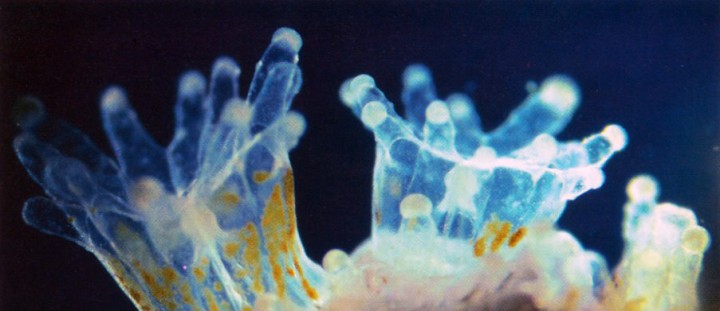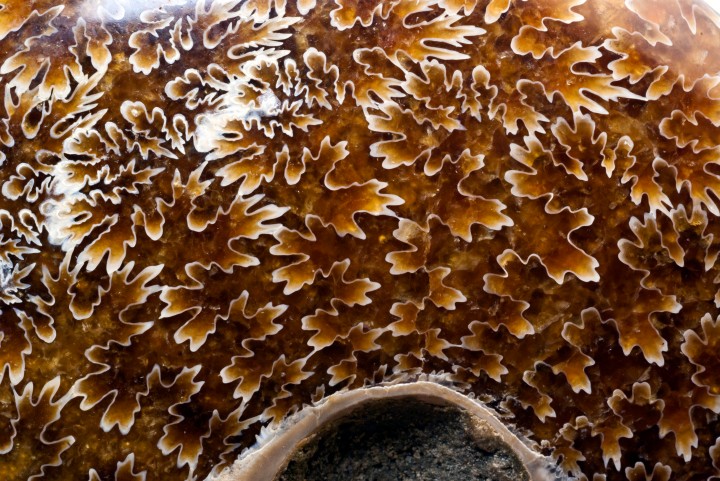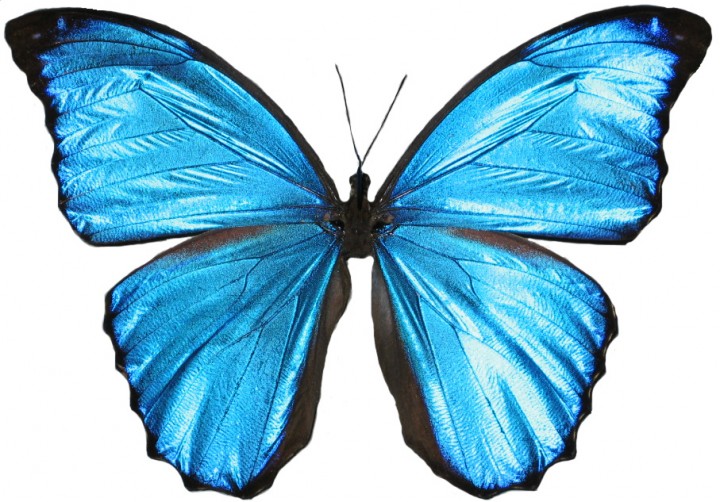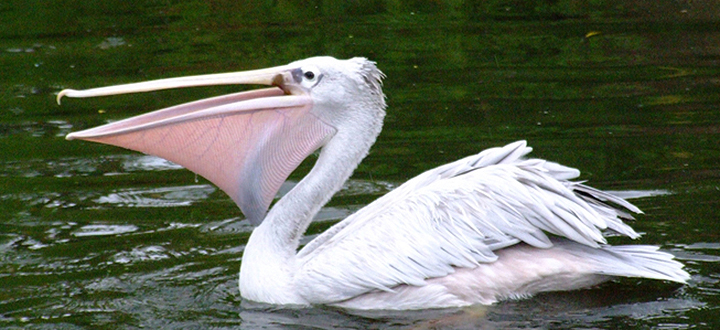Stony Coral
By: Amir Shahrokhi
18-01-2011
“Why, then, do reef corals grow into such plant-like shapes?
Because, although the polyps are not themselves plants, they
have plants within them. The cells in the inner layers of the
polyp’s tissues contain tiny cells of an alga, complete with
their grains of photosynthesising chlorophyll. And the polyp
looks after its captives very well indeed, building its stony
cup in a shape that ensures that they can get all the light
they need."
Ammonite Sutures
18-01-2011
Ammonites are interesting for two potentially archi-tectonic
traits:
1. a blurred linkage between defined inner structure and diffuse exterior patterning
2. the notion of growth or accumulation of components over time
1. a blurred linkage between defined inner structure and diffuse exterior patterning
2. the notion of growth or accumulation of components over time
Butterfly, Thin-Film Interference
18-01-2011
Thin-Film Interference is a familiar point of departure - a
troupe - yet many architectural applications focus on
macro-pattern mimicry or even applique through pre-engineered
coatings or spec'd materials. A bottom-up scripted approach to
the relationships required to produce the effect could
possibly result in more interesting formal logics and effects.
Pelican Pouch
By: Amir Shahrokhi
18-01-2011
"The pink-backed pelican uses its distendable throat pouch as a fishing net, scooping fish and crustaceans from the water as it swims. When it opens its bill underwater, the sudden inflow of water carries the prey in with it. Then the pelican raises its head to drain out the water before swallowing the prey." (Foy and Oxford Scientific Films 1982:157)
The Pelican's pouch shows the potential of flexible/expanding membranes at the interface of wet/dry environments.




Recent Comments